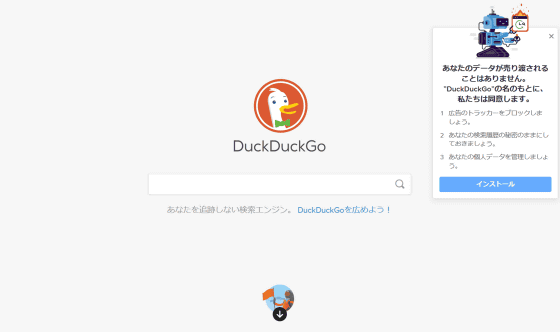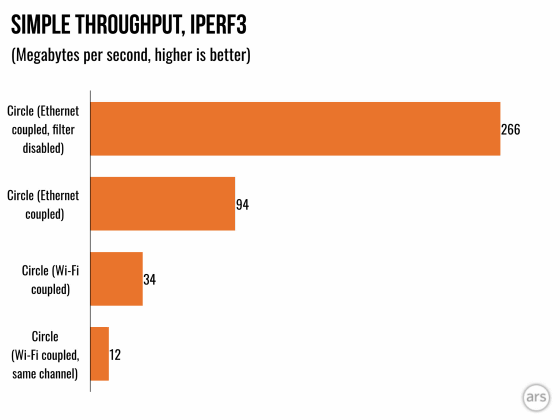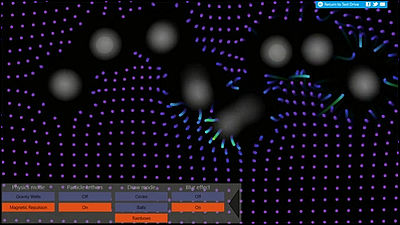Does the Disney-supported filtering service Circle work well?

Disney is partnering with
Can Disney's Circle really deliver a porn-free Internet? | Ars Technica
https://arstechnica.com/gadgets/2019/07/can-disneys-circle-really-deliver-a-porn-free-internet/
The Disney-supported Circle filtering service can either buy a standalone IoT device that connects to an existing router for filtering or buy a wireless LAN router that incorporates the Circle service provided by Netgear. It will be available at
HTTPS communication is encrypted and devices between the website, including the router, and the display device can not intercept the communication. Therefore, it is impossible for the Circle to perform filtering like 'block because this content is harmful' or 'permit this' based on the content that the user is actually watching. Family control of children's Internet access is 'a semi-blind guessing game,' Salter points out.
The Circle needs to be operated through an Android or iOS app , and 'unfortunate for users who want to control using a PC, large window, keyboard,' said Salter, but each app family member owns with the app It is convenient to be able to manage devices collectively. If you identify each device and apply it to a personal profile, Circle seems to be able to perform filtering according to the member.

The app not only offers preset filters according to the age from 'Pre-K (pre-school kindergarten)' to 'Adult (adult)', but it can also add filtering for each popular site and web service.

In addition to the content of the content, it is also possible to limit the time you can access the Internet.

Mr Salter is effective in blocking 'what the target members do not know in the first place' in filtering family Internet access, but it works well if, for example, the members struggle to seriously access adult sites. Pointed out that there is no possibility. This is the same as any filtering service, and it is said that the filtering service works best at the stage of 'I do not want to inform the existence of harmful content itself'.
On the other hand, Salter argues that the Circle itself isn't a problem either, saying that 'the age-specific preset filter does not turn on Google's
Salter also pointed out that the search service is only available on Google. Salter believes the Circle should better enable search engines that provide powerful comprehensive safe search capabilities, such as DuckDuckGo instead of Google search.

Although there are some issues, Salter appreciates Circle's filtering service. Circle's filtering feature is powerful, and links to pornographic sites from a number of sources, including Twitter, did not lead to a page being displayed.
In addition, Mr. Salter commented that clicking a link to a non-major pornographic site caused a temporary load, but that access was blocked before the page image was displayed. Although this behavior did not initially recognize the corresponding link as a link to a pornographic site, the Circle immediately learned that the link destination was a pornographic site by monitoring traffic, and newly denied access. It seems to mean that.
The problem with the Circle is that you can not monitor the movement of users within a specific site, and it seems that the filtering function does not work well for sites that contain both harmless and harmful content. While 'pre-preschool' pre-set filters are nearly impossible to access adult content, they are blocking a very broad site, so they are not 'people consider it as internet access,' Salter said. It says.

by
In addition to filtering performance, Salter also investigates how introducing Circle can disrupt Internet traffic. As a result, the Circle embedded in the router showed almost no slowdown in the Internet, and there was no discomfort in using the Internet.
On the other hand, when running the filtering service using a dedicated IoT device separately from the router, it seems that the communication speed has dropped significantly. The graph below shows the result of measuring the communication speed by connecting the Circle IoT device to a router that marks 941 Mbps without any condition. When I turned off the filtering function with a wired connection to the router, it dropped to 266Mbps, and when turning on the filtering function with Wi-Fi connection, it dropped to only 12Mbps.

Salter acknowledged that Circle's filtering service was quite effective, and said it would be best to use a dedicated router when using Circle.
Related Posts:
in Web Service, Hardware, Posted by log1h_ik







